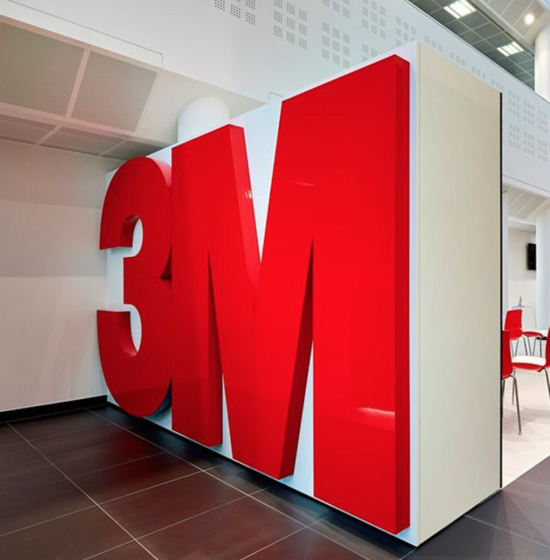Benjamin and Komlos: What did you do to transition R&D to a remote working environment, and what did you learn?
Banovetz: Mid-to-late March, we sent home all R&D personnel in our main Research Center. By June, we started bringing people back, with new safety protocols, new cleaning and sanitization methods, and new ways to work with physical distancing.
But the challenge that remains is how you connect remotely with people. As I said, a big part of our model is collaboration and a big part of that collaboration is the informal, serendipitous connections that you make at the watercooler, having a cup of coffee with someone, seeing someone in the hall. When you’re not physically there, you lose that. I think a lot about how to continue those one-off random connections that happen as part of the collaboration and innovation process.
Benjamin and Komlos: Can you share examples of challenges that leaders faced through the pandemic so far?
Banovetz: The pandemic doesn’t impact everyone, every place, every time in the same way. China and parts of Asia are in a very different place than the US. One of the bigger challenges has been to manage decision-making and autonomy between local and corporate.
Benjamin and Komlos: How has the pandemic affected 3M manufacturing and supply chains?
Banovetz: It’s incredibly dynamic. The pandemic has obviously slowed some markets – automotive, electronics, and for a while, elective surgeries and oral care. At the same time, we’ve doubled respirator production, and then doubled it again – trying to do that with our manufacturing and supply chains has been an incredible feat. Think about the supply chain itself, all the raw materials, and the fact that we have not changed the performance standards for our products. The N95s we produce today meet prior qualifications. There’s been a lot of pressure on our supply chains and on our manufacturing capabilities in those areas.
One of our insights is that we were prepared for a pandemic. We had manufacturing surge capacity ready in different parts of the world because we had gone through SARS and H1N1. So we knew we had to be able to respond quickly to what we call ‘X Factor’s’. Now, our production has gone well beyond that, and that reinforces the need to have strong manufacturing and supply chains, and strong relationships with suppliers so that they can ramp up when needed. It’s reinforced how important it is to have strong working relationships with regulatory and government trade people.
Our supply chain design has always been somewhat region-for-region or area-for-area, so Asia-for-Asia, US-for-US, and that’s played out exceedingly well for us in the pandemic.
The biggest challenge that we’ve had is just the pace at which we’ve had to go. If you told me at the start of the year that we’ll go from 20 million to 95 million respirators per month in the U.S. and produce 2 billion respirators globally this year, I would have said ‘no way, can’t do that.’ It’s a testament to our partners and our teams that we have done so. Today, we’re making more respirators than ever before.
Benjamin and Komlos: During the pandemic, how, if at all, has your role and behavior as a leader changed?
Banovetz: I’ve been much more thoughtful about authenticity and transparency. As a scientist, I’ve said “I don’t know” and “I think” more than ever. I don’t have all the answers and I have to reflect that to my teams. I spoke earlier about the back-and-forth between global and local. My leaders in Asia and Europe and Latin America have to make decisions relevant to their specific situation, and I have to trust that they can do it. A lot of it comes down to being authentic and building that trust with them. I’ve had more heart-to-heart conversations with my team than ever.
Benjamin and Komlos: What do you see ahead? What characterizes the new trajectory leaders will have to move their organizations to?
Banovetz: I think fundamentally, people will work differently, and as a leader, you have to change how you think about that. A significant portion of the population may work remotely two, three days a week permanently. Teams will become much more global. Leveraging global teams becomes more important. As a leader, you can create much more diverse teams and bring in many more diverse thoughts, which is awesome because I’m a firm believer that diversity begets differentiation.
For leaders, the question becomes how do I manage a remote team with all these different, diverse opinions?
Benjamin and Komlos: Any other advice you can offer? Parting words?
Banovetz: The pandemic has shined a light on science and the role that science plays in people’s lives. We did a ‘state of science’ survey and it showed skepticism of science on the increase. The pandemic turned that around – people have more trust in science. If the next generation has become inspired to be scientists, epidemiologists, doctors, biologists…I think that would be a tremendous outcome of this experience.

